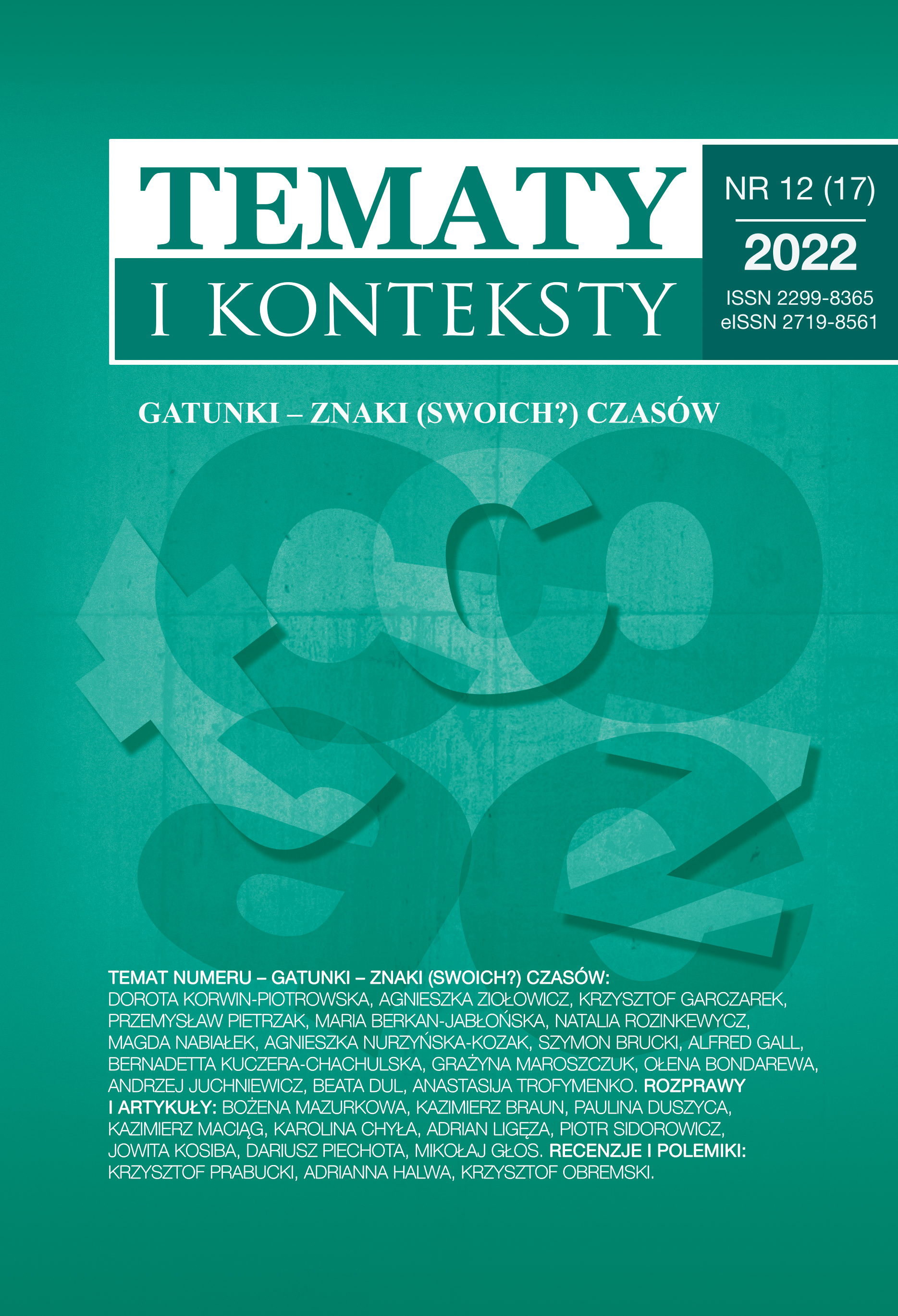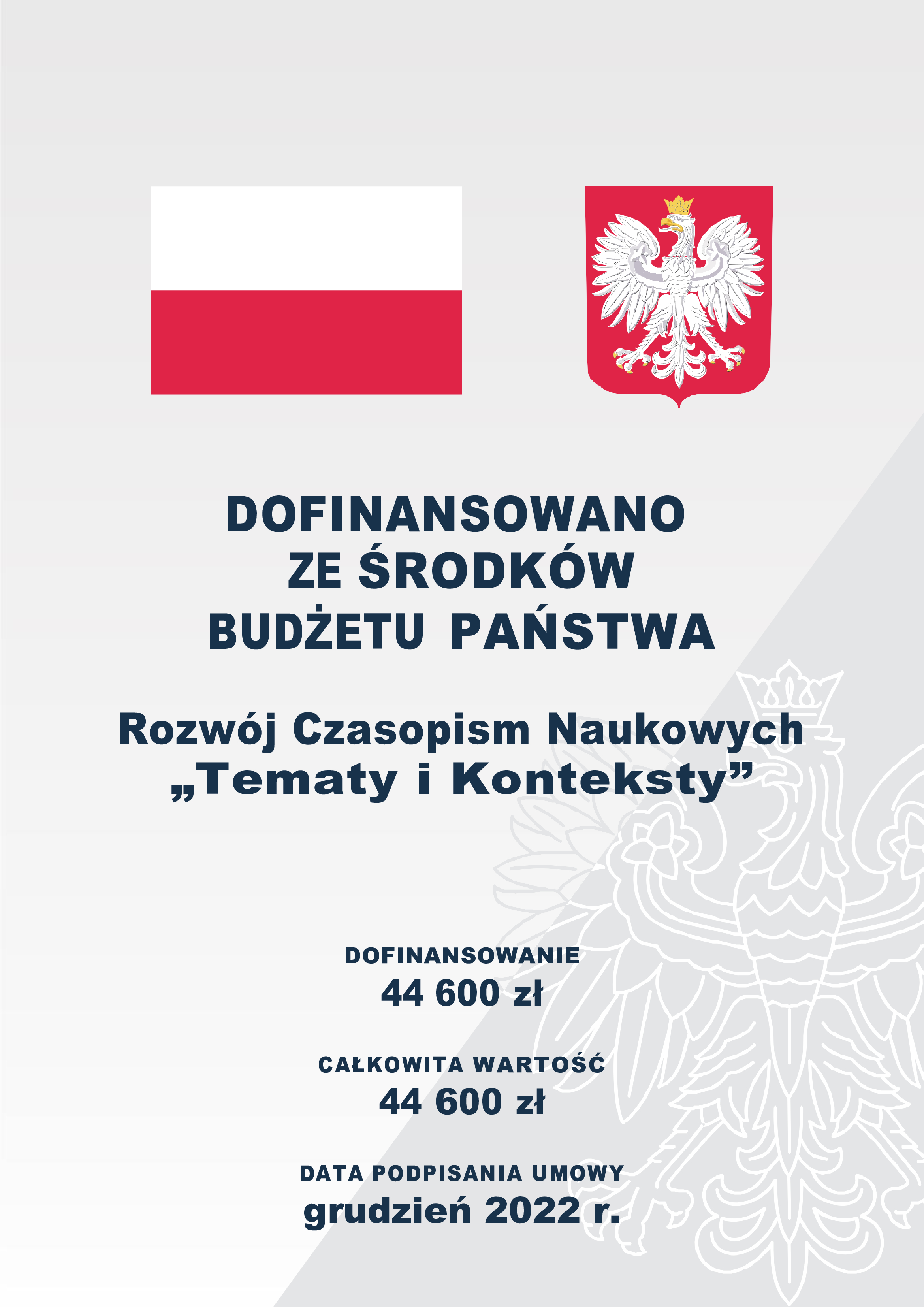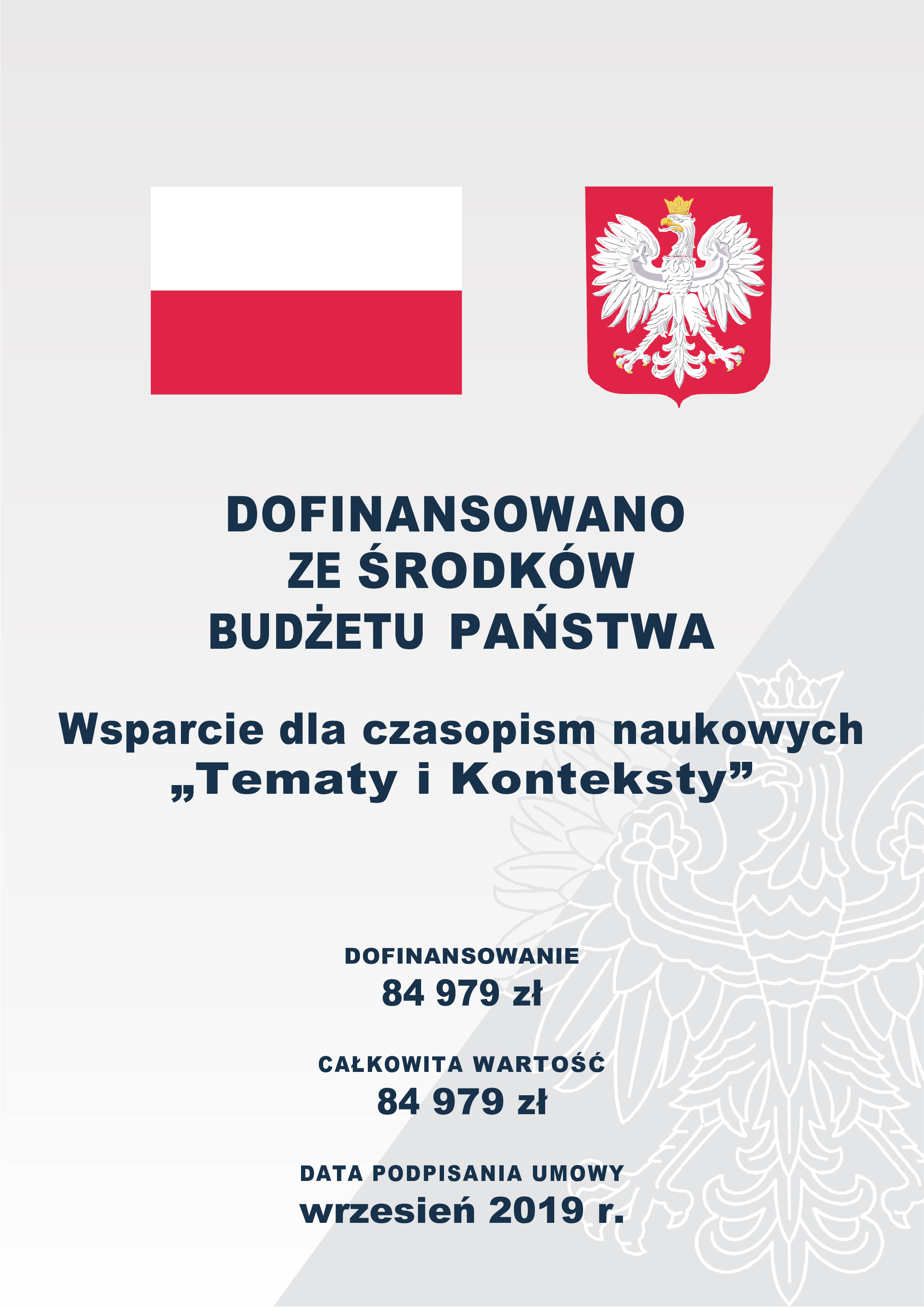Genre of “Revolutionary” Drama: Transgressions and National Genre Matrixes in the Context of Ukrainian Revolutions of the 21st Century
DOI:
https://doi.org/10.15584/tik.2022.13Keywords:
genre, revolutionary drama, transgressions, genre variety, drama of the MaidanAbstract
Considering drama as an operational and mobile genre of literature, it is worth starting a separate conversation about its reactivity in the context of Ukrainian revolutions and liberation struggles of the XXI century. After all, modern Ukrainian “revolutionary” drama has nothing to do with the destructive genre clichés of the traditional “revolutionary drama” of the twentieth century. Signs of the latter were the destructive myth of: the new creation of the world; life from zero cycle; basic benefits for infirm people, given by the revolution; static linear plots; pseudo-documentary; ideological involvement of protagonists / antagonists. Ukrainian “revolutionary” drama of the XXI century has 2 streams dedicated, respectively, to the Orange Revolution (vitalistic-romantic visions of the revolution as “love on the barricades” and “birth of the spirit”, “The Nutcracker 2004” by Alexander Irvantеs and “Revolution, love, death and dreams” by Pavlо Arie) and the Revolution of Dignity, which was mastered: in prophetic works (“Barricades on the Cross” by Yurko Gudz, “Detailing” by Dmitry Ternov); in the latest documentary strategies that do not require additional theatrical reinforcement (“We, the Maidan” by Nadiya Simchych, “Diaries of the Maidan” by Natalia Vorozhbyt); in hagiographic “To the sharpness of the sixth octave” by Igor Yuzyuk, “OTVETKA@UA” by Neda Nezhdana) and in symbolic and allegorical genres (Neda Nezhdana's “Maidan inferno, or the other side of hell”, Oleksandr Viter's “Labyrinth”, Oleg-Mykolaychuk-Nizovets' “Chestnut and Lily of the Valley”, Oksana Tanyuk's “Woe (not) my wolf, or Schrödinger's Cat”, Vladimir Kupyansky's “Under the Sign of Puy”, “Bogdan 2014” by Ksenia Skoryk, “Knight of the Temple” by Tetyana Ivashchenko, “Women and Snapper” by Tetyana Kitsenko, “Christmas on the Maidan” by Vira Makoviy, “Extreme Modern People” by Mykola Istin and many other dramatic works).
This gives grounds to consider the irreversible artistic transgressions of the genre, which due to its efficiency and mobility gets a new quality and new life, which is very relevant in the context of the Maidan topos throughout Ukraine in the Russian aggression in 2022.
Downloads
Downloads
Published
How to Cite
Issue
Section
Categories
License
Copyright (c) 2022 Tematy i Konteksty

This work is licensed under a Creative Commons Attribution-NonCommercial-NoDerivatives 4.0 International License.




